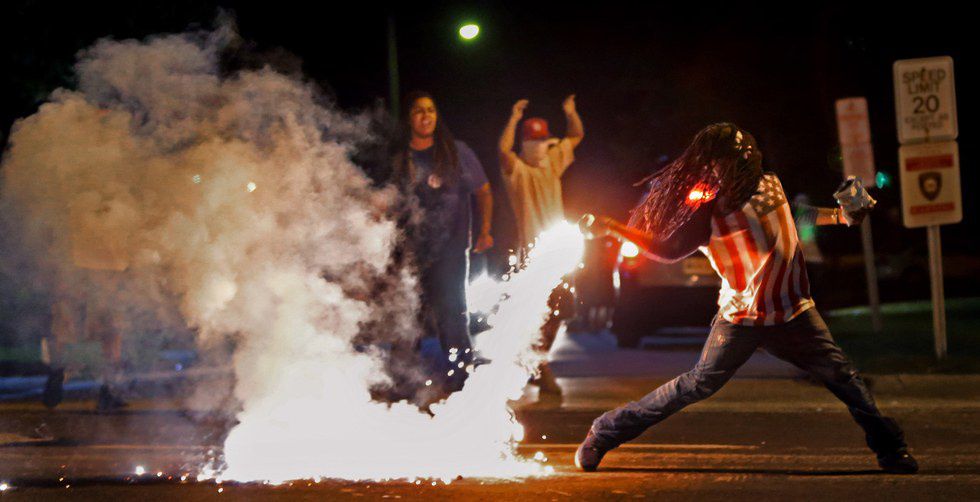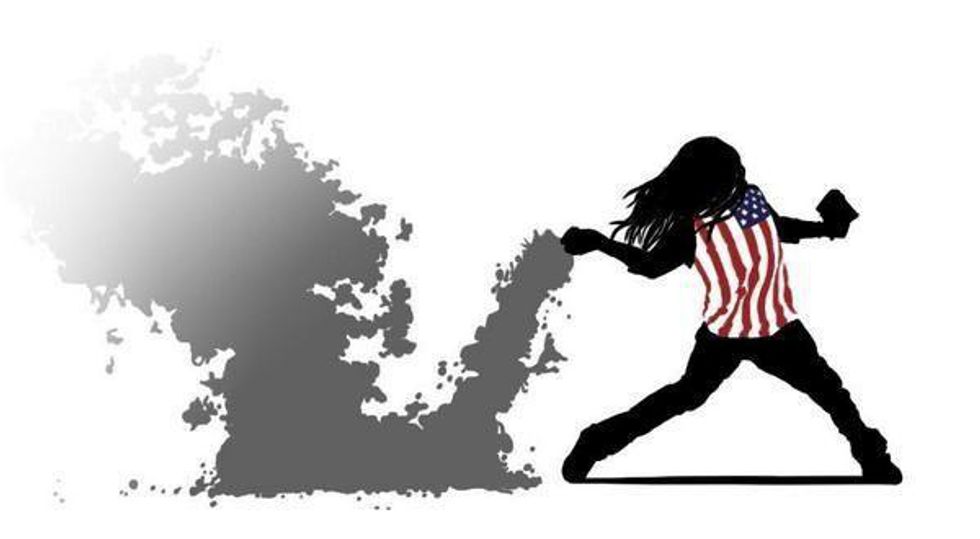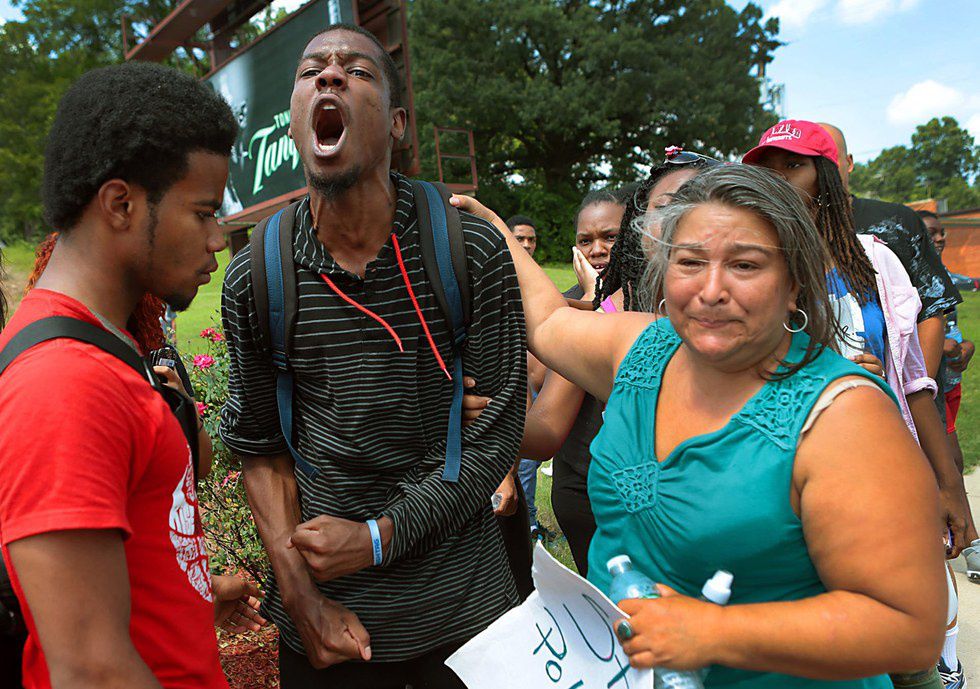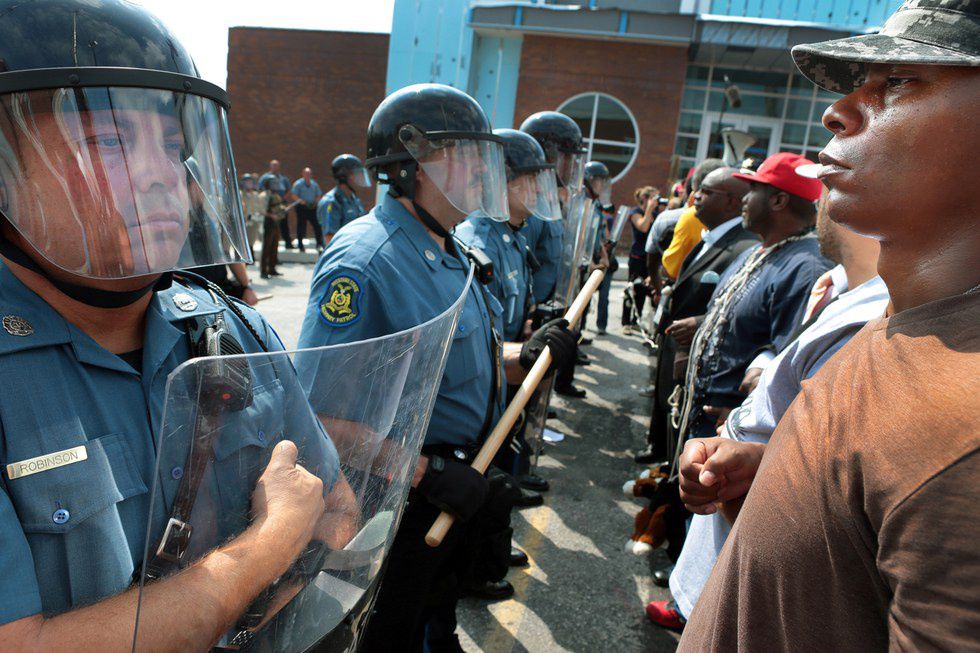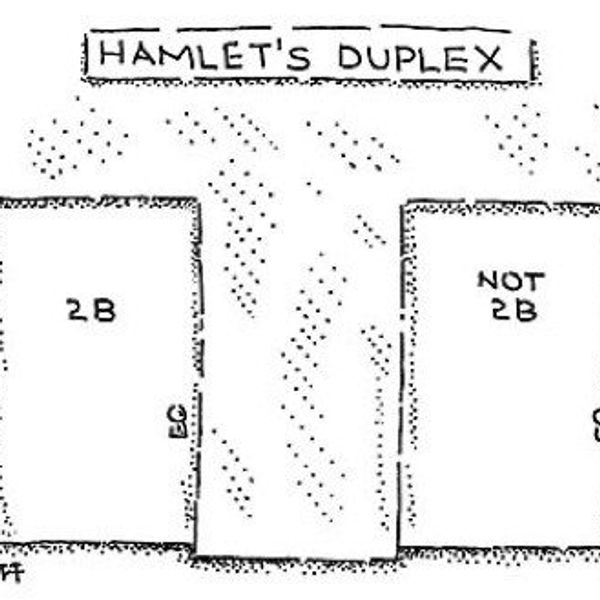I recently received the opportunity to sit down with St. Louis Post-Dispatch's Pulitzer Prize winning photojournalist, Robert Cohen. If you aren't familiar with his work, Robert Cohen (below) is one of the photographers who covered the 2014 Ferguson riots.
The riots in Ferguson, Missouri began the night of Aug. 9, 2014, after the death of 18-year-old Michael Brown at the hands of Ferguson police. Brown was killed after a struggle with police officer Darren Wilson. After the shooting, riots and protests broke out across the small suburb of St. Louis, speaking out against the injustice of yet another killing of an unarmed black man and triggering the creation of the Black Lives Matter movement. During the protests, police were seen shooting tear gas and mace into crowds of the protesters.
This photo is of Edward Crawford (AKA Skeeda) throwing a tear gas canister back into the crowd of police–taken by Robert Cohen.
The image went viral after it was posted online and can now be found on t-shirts, flags, tattoos, and so much more.

It's hard to imagine that one picture could represent so much, but somehow Robert Cohen managed to do it.
How, you ask? I did.
Cohen: I tell people that's a picture that should not have been shot because, we shouldn't have been there. It was the end of the day, we'd been tear gassed on the tenth and the eleventh. On the night of the twelfth it looked like it was going to be the first night things were going to end peacefully. The protesters were gathered in front of the Quiktrip and you have a line of protesters and a line of police. One of the protest leaders got on the bullhorn and said, "I want everyone to get in a single file line and we're going to leave here with dignity." And that's exactly what they did. They got up and started watching north. While we were out there we tried to work in teams for safety reasons. I was with our photographer, Chris Lee. I looked at Chris and he looked at me because we both knew that if this goes down the way it looks like it's going to we're going to be able to get home and get some sleep. Every night before we were getting home and two or three in the morning. I told Chris I was going to go up and watch the protesters as they got to the last road block. Just to make sure they pass through safely. Once they're through we'll go ahead and go home. About 20 protesters hopped into two pickup trucks just to sort of ride out. Once they got to the last road block there was a huge crowd of other protesters. I saw that and knew there was no way they were going to leave. And they didn't. They all got out and started protesting again. The police were ready to shut down for the night more or less and came out with their armor trucks. That's where the picture happened. All the other journalists stayed at the Quick Trip area. Nobody followed this group up it was just another group of people leaving. There were only about three or four other journalists at this location with Chris and I. Had we stayed at the active location where all the other journalists had the picture wouldn't have never happened. It was not one of those pictures in the heart of the protests; in the middle of everything.
Odyssey: Since this isn't your first experience with the Pulitzer prize (he was a finalist once before in 2010 for his work in a St. Louis suburban hotel and the homeless people living there), has your life changed at all?
Cohen: It's been busier. So many people are still interested in this story. I'm surprised that people will still call or email to see if I'll participate in something for this. I'm surprised the interest is still there a year removed.
It's not hard to see why people are still interested. Cohen and his team's work shows how serious the situation in St. Louis was and still is. The images documented by the Post-Dispatch highlight something we love to avoid in this state. There is a huge racial disparity here and these images will make it impossible to forget.
Cohen and the St. Louis Post-Dispatch's work during the Ferguson riots won the 2015 Pulitzer prize. Here are a couple of shots from that work (by Cohen) that I found the most impressive.
Odyssey would like to thank St. Louis Post-Dispatch and Robert Cohen for sharing their work and time with us.
Follow Robert on Twitter @kodacohen





